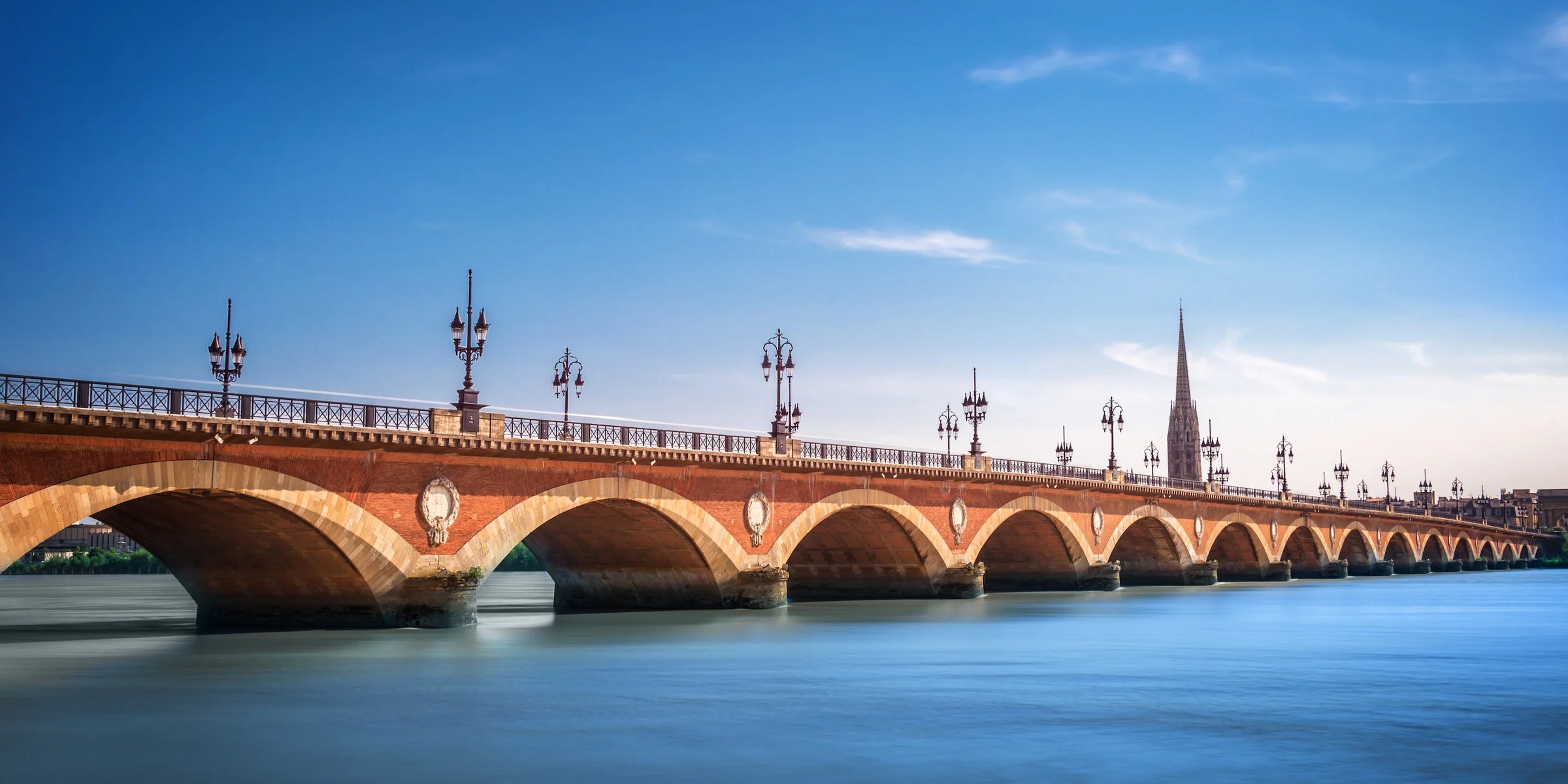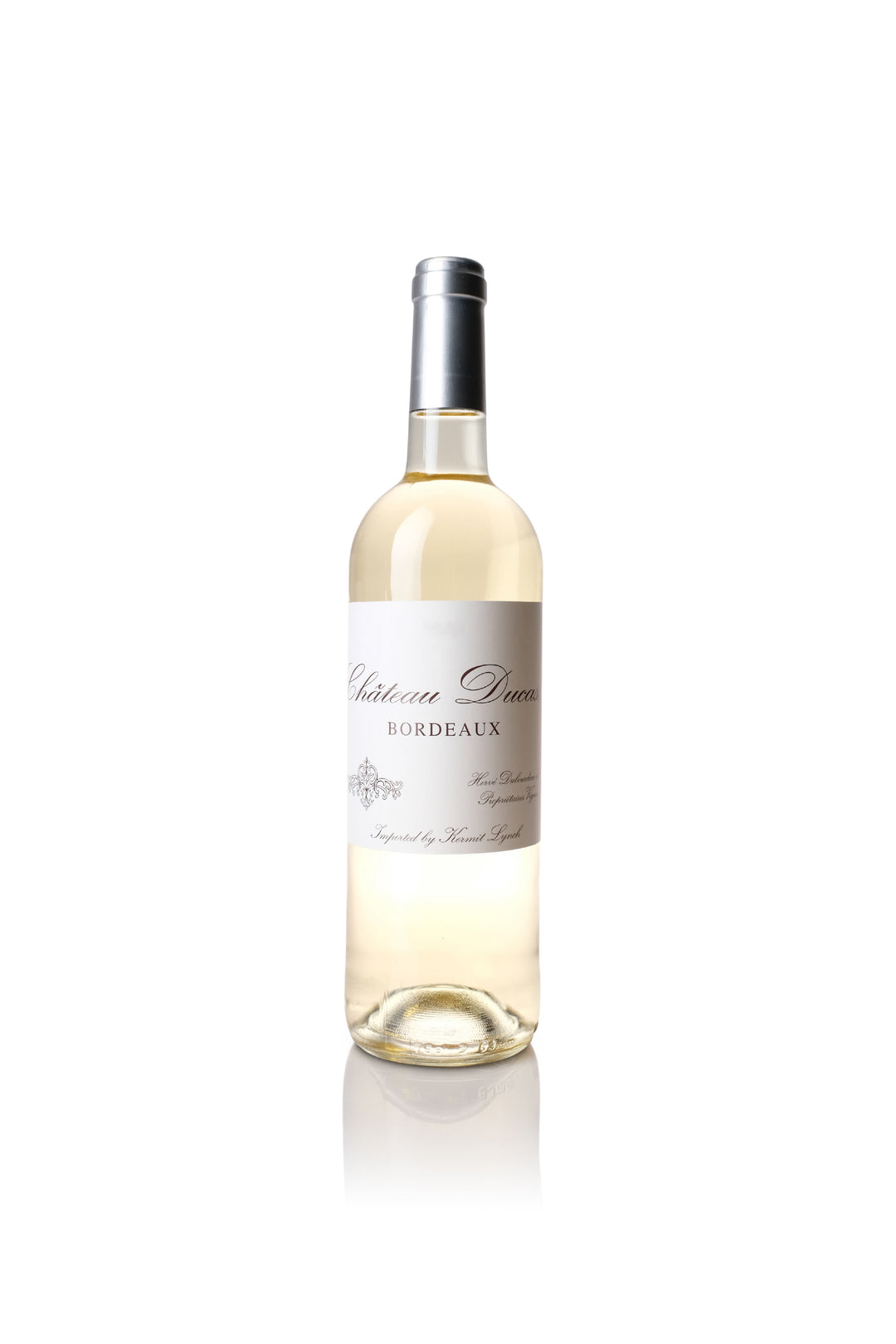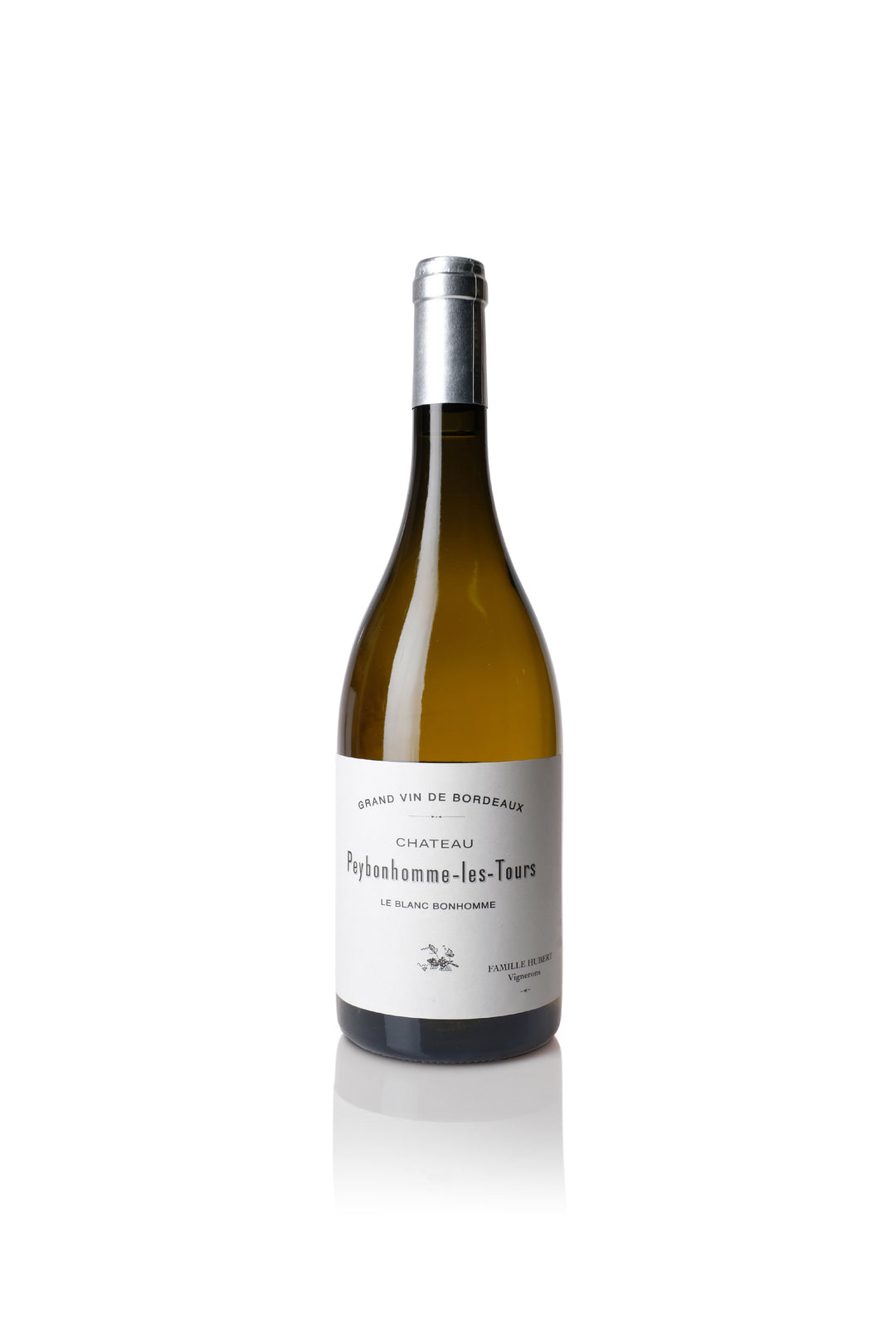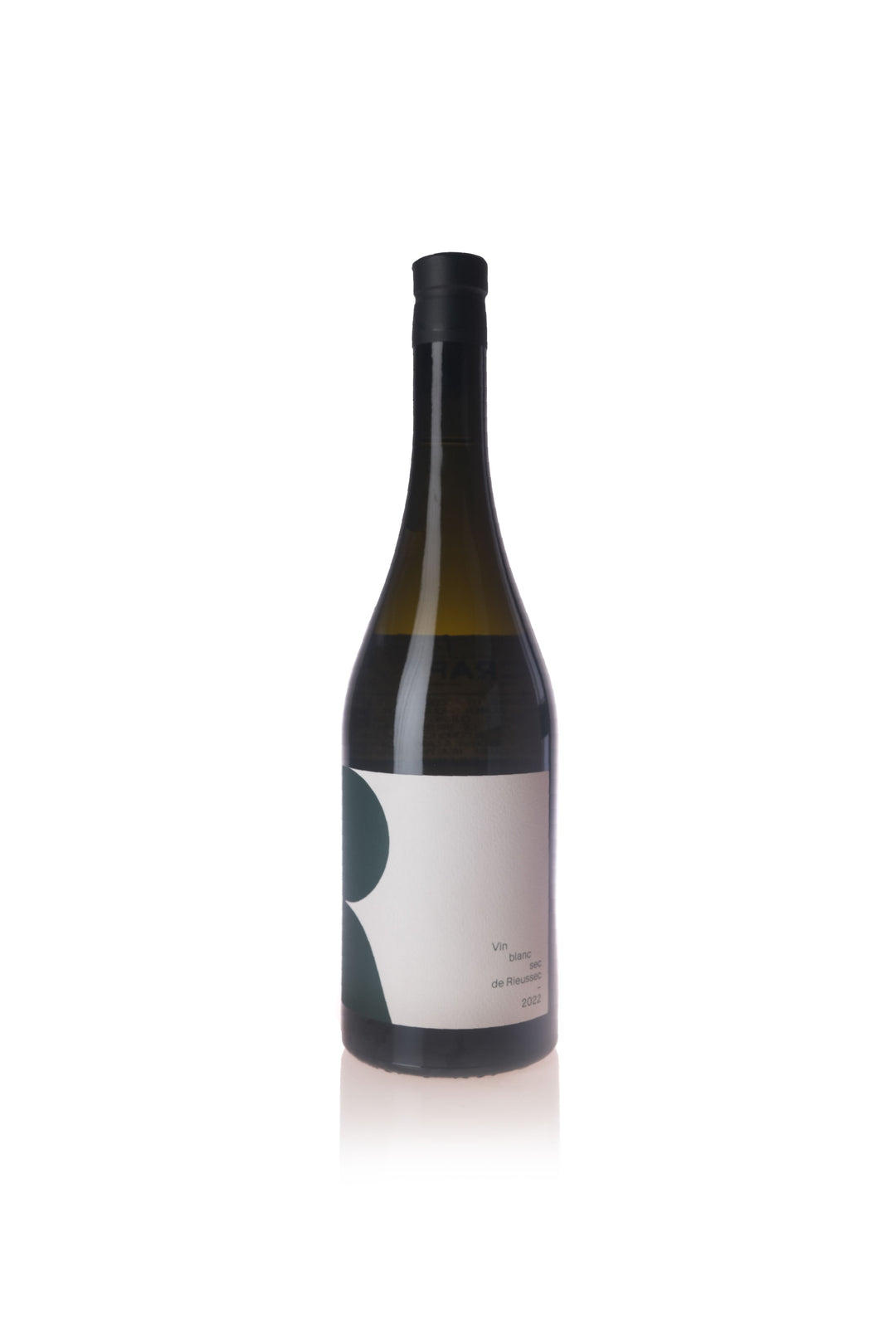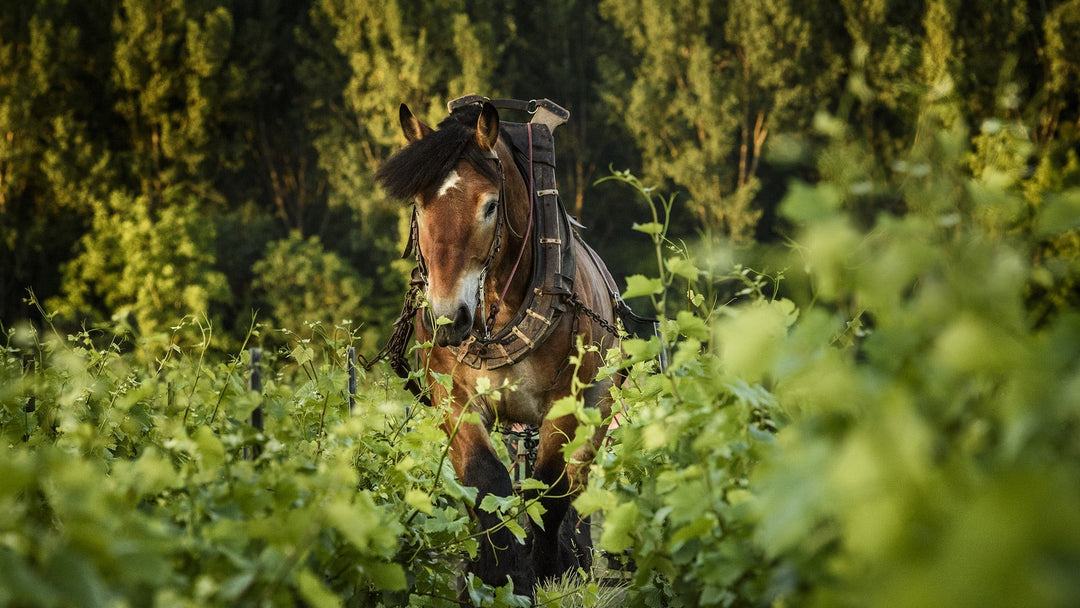BREAKING DOWN BORDEAUX BLANC
Bordeaux Blanc, by its very nature, is an oxymoron. It’s as if you’re saying “The red that is also white.” To add to this utter confusion, the word “Bordeaux'' is often synonymous with a deep red color—and by extension red wine—so much that it’s difficult to detach this idea that Bordeaux isn’t always red. The fact is the region of Bordeaux makes sensational dry white wines.
Where did Bordeaux Blanc—aka white Bordeaux—get lost in the shuffle? The major source of the problem can be traced back to a singular vintage. 1956 in Bordeaux is the coldest vintage in history since the early 18th century. These devastating frosts led to an exponentially small harvest; in turn, winemakers were forced to replant the vineyards to red varieties that we know to be traditional Bordeaux. And so, the Bordeaux Blanc style fell out of fashion due to the rising popularity of red Bordeaux.
There’s a bit more to uncover, so let’s dive in.
White Bordeaux might be the most beloved dry white wine on the market that still flies under the radar. What’s fascinating is it has so many attributes working in its favor. The quality, complexity, and ageability of the style is on par with many of the available white Burgundy wines, but for a noticeable fraction of the cost. The wine is usually a blend of the region's white grapes that grow impeccably well in the clay and gravel soils. One can’t detect the blend from the label as French wines are most often named by their region—another reason why drinkers aren’t consuming more white Bordeaux.
Here’s the scoop on Bordeaux Blanc: it's usually a blend of Sémillon, Sauvignon Blanc (and sometimes a bit of Muscadelle.) Semillon is the most planted white grape here, known for its rich, honeyed texture. Sauvignon Blanc—you’ve heard of that one—is the region’s second most planted white variety. If we think in colors, Sauvignon Blanc is green, exuding notes of grass, citrus, and gooseberry. Muscadelle gives the wine floral aromas. If you like Sauvignon Blanc, whether it hails from New Zealand, Sancerre, or California, you should be drinking white Bordeaux. If you like Chardonnay, whether from Burgundy or Oregon, you’d enjoy white Bordeaux. If you crave dry white wine on the regular, you need to indulge in the divine white Bordeaux.
The versatility of this dry white wine reaches the point of overwhelming. In the perspective of many serious wine professionals, white Bordeaux is one of the best white wines on the planet to pair with seafood. A simple formula we swear by is “What grows together goes together.” The region of Bordeaux, situated mostly inland, thrives on its proximity to water, and by extension, seafood! The Atlantic Ocean gives the region a large tributary called the Gironde which then splits into two more rivers—the Dordogne and the Garonne. With this coastal influence from the ocean, the gravelly soils take on minerals deposited by the water. White Bordeaux is an enormous advocate of terroir—the ability of wine to express a sense of place. Pair these wines with mussels, oysters, white fish… and all sorts of other foods like salads, asparagus, and herby sauces.
Producer is as important in Bordeaux as it is in other regions like Burgundy and Champagne. Many Bordeaux Blanc producers also make some of the region’s highly classified wines like Sauternes and Barsac. Morning fog and mist from the nearby rivers coupled with afternoon heat causes an undesirable-sounding plant fungus called botrytis (noble rot) which results in sweet grapes. It doesn’t sound appetizing, but the resulting wines are second to none. Winemakers who produce both dry and sweet wines in this region must be extra careful along the way. A dry white wine mustn’t have any botrytized grapes, while the sweet wines often require harvest helpers to pass through vineyards multiple times to select these special grapes. Attention to detail is a common thread among the great producers in Bordeaux.
White Bordeaux has two major styles we could easily divide into “serious” and “less serious.” The serious styles tend to come from Pessac-Léognan and Graves. They’re often made with more Semillon, hold more weight and texture, and continue to improve with age. The price tag can be heftier, though the reward, especially when paired with food, is well worth it. The less serious styles usually come from Entre-Deux-Mers—meaning “Between Two Seas.” These wines are easy-drinking, serving as the all-purpose crowd-pleaser that’s easy on the wallet.
The strongest claim of white Bordeaux is its ability to be a sort of jack-of-all-trades. It thrives as a refreshing beverage during the summer months, though transitions well with its weight into autumn. It drinks well on its own or with food. It can be drunk now or held for a couple years. It’s delicious, and as we mentioned earlier—easier on the wallet. We feel completely confident when we share this news with you: White Bordeaux is your secret weapon.
CHATEAU SMITH HAUT LAFITTE 'LES HAUTS DE SMITH' BLANC
Traditionally, a Bordeaux Blanc is a blended wine, though “Les Hauts de Smith” is simply Sauvignon Blanc. This may be considered the winery’s entry level white, but the care and quality is just as great as that of their best wines. The ageing process is lengthy as the wine spends one year on its lees in French oak barrels, half of which are new.
CHATEAU RIEUSSEC, BORDEAUX BLANC
This Bordeaux Blanc comes from the same vines as the Sauternes, though the main difference here is that the grapes are harvested much earlier before their potential exposure to noble rot, otherwise known as botrytis. The wine is always fermented in barrels in order to balance it and extend its ageability in the cellar.
PEYBONHOMME-LES TOURS, LE BLANC BONHOMME COTES DE BLAYE
Peybohomme takes a traditional Bordeaux Blanc blend and creates a satisfying dry white with equal parts Semillon and Sauvignon Blanc. 40% of the wine ferments in new barrels while the rest takes place in concrete. The ageing process takes place over six months while the winemaking process keeps in tune with the biodynamic calendar.
CHATEAU GRAVILLE-LACOSTE, LES FLEURS DE GRAVILLE GRAVES BLANC
This is a hand harvesting from the oldest vines in the site, which are 45-60 years in age. The fermentation of the wine takes place in Hermitage barrique barrels, then goes on to age in new oak for an additional eight months. This unique wine yields just eight barrels.
CHATEAU DUCASSE, BORDEAUX BLANC
This is an entry-level bottle from the perfectionism that is Hervé Dubourdieu. The wine is a blend of all three Bordeaux varieties and simply aged in stainless steel for early drinking. This is the perfect Bordeaux Blanc to get your feet wet.
CHATEAU MARJOSSE, BORDEAUX BLANC
The 2017 vintage of Bordeaux is known as the year of the frost; production was down a staggering 40-50%. Château Marjosse was fortunate enough to produce their white which goes to show what an incredible producer can do during a lackluster vintage.


